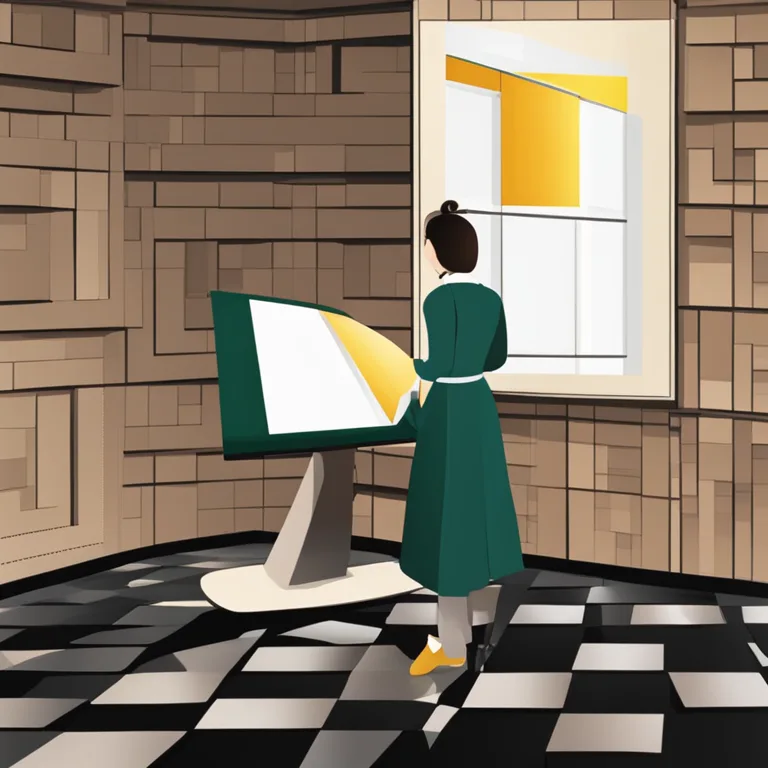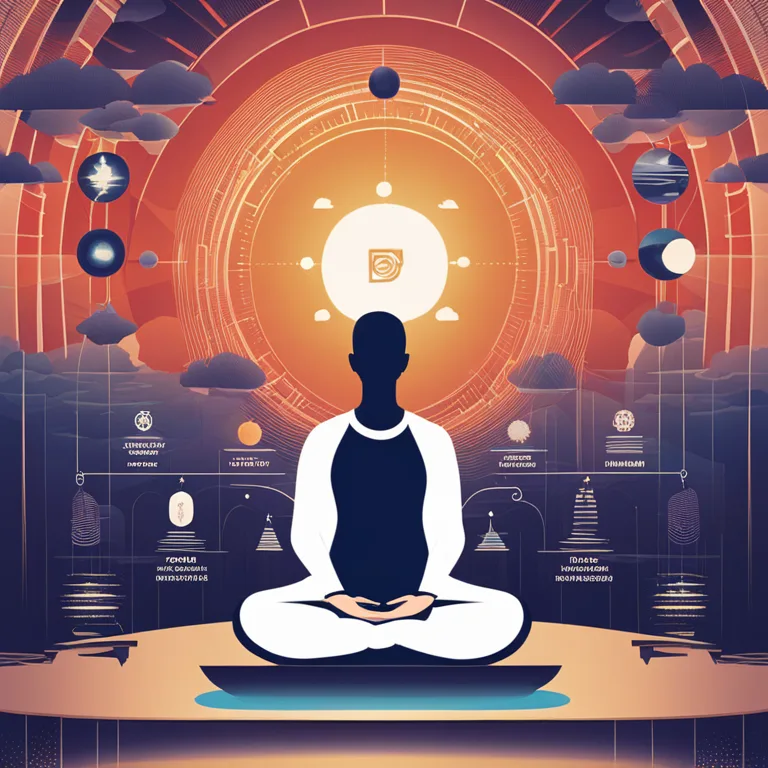
The Foundations of Meditation Practice
Delve into the ancient foundations of meditation techniques and their evolution within various cultures through the ages.
article by Hina Kurosawa
Introduction to Meditation's Historical Tapestry
Meditation has been an integral thread in the tapestry of human spiritual and philosophical practices for millennia. Its origins can be traced back to prehistoric times, where the rudimentary forms consisted likely of simple rituals and chants. Over centuries, meditation evolved in complexity and diversity, drawing lines through different cultures and belief systems. Although pinpointing an exact "birthplace" is challenging, ancient records from several civilizations provide us with insights into the early adoption of meditative practices.

Ancient Civilizations and Meditative Rites
The earliest documented instances of meditation stem from the Hindu traditions of India, with references found in the Vedas, ancient sacred texts dating as far back as 1500 BCE. Buddhism, which also originated in India, furthered the practice, with the teachings of Siddhartha Gautama, or the Buddha, including meditation as a path to enlightenment, around the 6th century BCE. Meanwhile, in China and Japan, Daoist and Zen approaches to meditation developed, focusing on harnessing the flow of life energy ("Qi" or "Ki") and attaining mental clarity through seated meditation.

The Influence of Abrahamic Religions
In Western traditions, the Abrahamic religions also embraced meditation, albeit in different forms. Jewish meditation practices included contemplative prayer and reflection on the scriptures, evolving since the time of the Patriarchs. Early Christian monks and nuns incorporated meditative prayers and chanting into their daily liturgies, seeking a personal connection with the divine. Islamic Sufism too adopted meditation, known as "muraqaba," focusing on heart-centered practices to experience the presence of God.

Secularization of Meditation in the Modern Era
The 20th century saw a monumental shift toward secularizing meditation, fueled in part by scientific interest in its potential health benefits. As researchers began to examine the effects of meditation on stress reduction and cognitive function, it ceased to be solely a religious practice. Yoga studios and secular meditation centers began to proliferate, making meditation techniques more accessible and tailored for contemporary lifestyles, advancing well into our current time, the 2020s, and beyond.

Technological Advancements and Meditation Practice
Today, the incorporation of technology into meditation is unmistakable. From apps that guide users through various meditation practices to neurofeedback tools that allow meditators to observe their brainwave patterns, technology has opened new vistas for personalized meditation experiences. Augmented and virtual reality platforms are also emerging, offering immersive environments for deeper reflection and mindfulness, even as we attempt to reconcile the balance between digital life and mental wellness in the later part of this decade.
Looking Ahead: The Evolution of Meditation
As we move further into the 21st century, the constant evolution of meditation promises to weave new patterns into its already rich history. Whether through traditional methods or innovative new practices, meditation remains a cornerstone for those seeking tranquility, self-awareness, and an enhanced connection with the world. The journey from ancient ritual to modern wellness tool continues to inspire and guide the human pursuit of inner peace.
Published: 1/8/2024
Modified: 1/8/2024
More predictions
Come back here soon to learn more about yourself and your future


Meditation Techniques For OCD
Mindful practices to help manage Obsessive-Compulsive Disorder symptoms effectively through meditation.


Mindful Meditation Practices Explained
Discover techniques to enhance your mindfulness through meditation, fostering peace and clarity in your daily life.


Meditation Techniques to Soothe OCD
Discover meditation practices designed to help manage OCD symptoms through mindful awareness and relaxation.